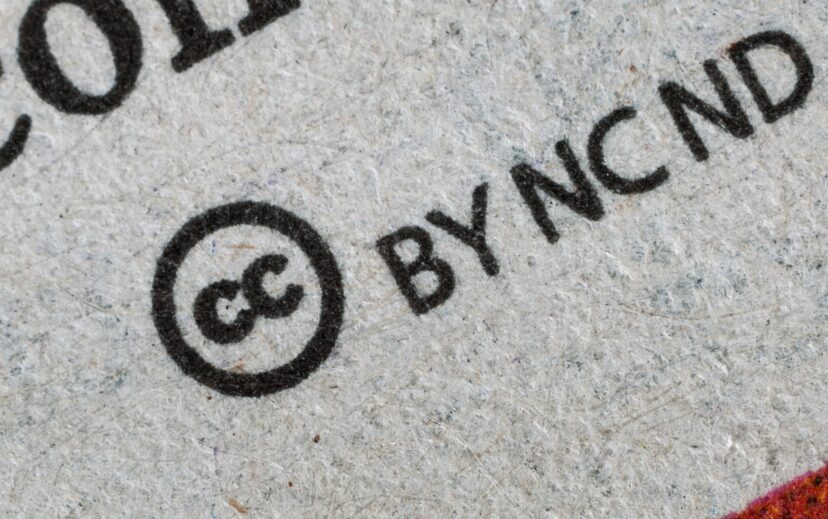In the United States, copyright and patent law are explicitly anticipated in Article I, section 8, clause 8 of the U.S. Constitution, which assigns to Congress the power “to promote the progress of science and useful arts, by securing for limited times to authors and inventors the exclusive right to their respective writings and discoveries.”
“Science” and “useful arts” were understood somewhat differently in the 18th Century than they might be today. “Science,” in the parlance of the era, had a meaning closer to “knowledge”[1]; the “useful arts” were what we might now call “technology.”[2] Accordingly, the references to “science” and “writings” underpin the present copyright law; the references to “useful arts” and “discoveries” underpin the present patent law.
Copyright Versus Design Patents
However, the boundary between copyrightable subject matter (“science”) and patentable subject matter (“the useful arts”) is permeable: it is possible that an item may qualify for both. This has been especially true with respect to the overlapping areas of copyright and design patents.
While we often conceive of patentable subject matter as purely that of functional inventions (the “utility patent”), the Patent Act includes a separate class of patents for inventions that are “new, original and ornamental, the “design patent.”[3] Provided the design is “primarily ornamental” rather than “primarily functional,” it is protectable under the Patent Act. Design patents have been issued for the soles of running shoes, motel rooms that look like teepees, and the Statue of Liberty.
Mazer versus Stein
However, the fact that a design qualifies for a patent does not mean it is not a work of sculptural or graphic art qualifying also for copyright protection. Famously (among copyright lawyers), a matched pair of table lamps were the subject of a 1954 U.S. Supreme Court case, Mazer v. Stein.[4] In that case, the defendant argued that plaintiff ’s ceramic lamp bases – which were shaped like male and female dancers – were not subject to copyright, because, in essence, they weren’t works of art, but rather were functional. Plaintiff argued that – whether or not the ceramic statuettes served as lamp bases or were displayed on plinths as objects d’art – they were sculptural works and entitled to copyright protection. The court sided with the plaintiff, ruling that the lamp bases in question were in fact subject to copyright protection.
Conclusion
As a creator, it is crucial to understand how your work can be protected. Some works fall under one form of protection; others may qualify for both. Creators should seek advice from an experienced attorney to ensure their works are properly protected.
[1] This interpretation has been expressed by the Supreme Court and lower courts, and by scholars. For a summary of sources, see Ned Snow, The Meaning of Science in the Copyright Clause, 2013 BYU L. REV. 259, 261 n.3 & n.5 (2013), available in PDF here [http://digitalcommons.law.byu.edu/cgi/viewcontent.cgi?article=2708&context=lawreview]. Snow, incidentally, disagrees with this prevailing interpretation of “science.”
[2] Solely with respect to the commonly accepted meaning of “useful arts” in the Constitution, see, e.g., Malla Pollack, What Is Congress Supposed to Promote?: Defining “Progress” in Article I, Section 8, Clause 8 of the United States Constitution, or Introducing the Progress Clause, 80 NEB. L. REV. 754, 756 (2002).
[3] 35 U.S.C. § 171.
[4] 347 U.S. 201, 74 S.Ct. 460, 98 L. Ed. 630 (1954).
Joshua Graubart is admitted to practice law in New York, California, and New Jersey.



